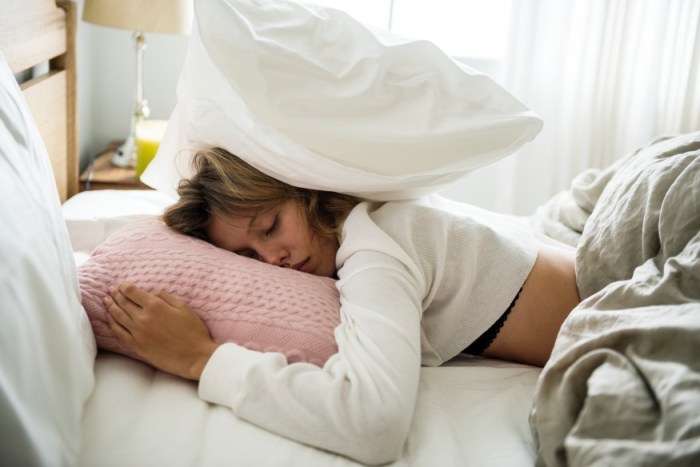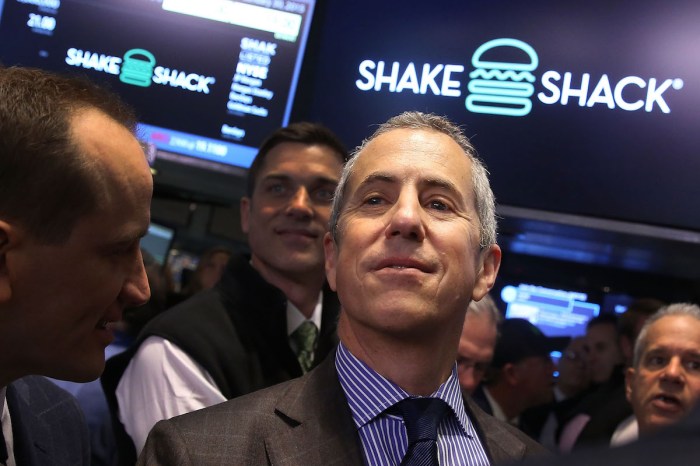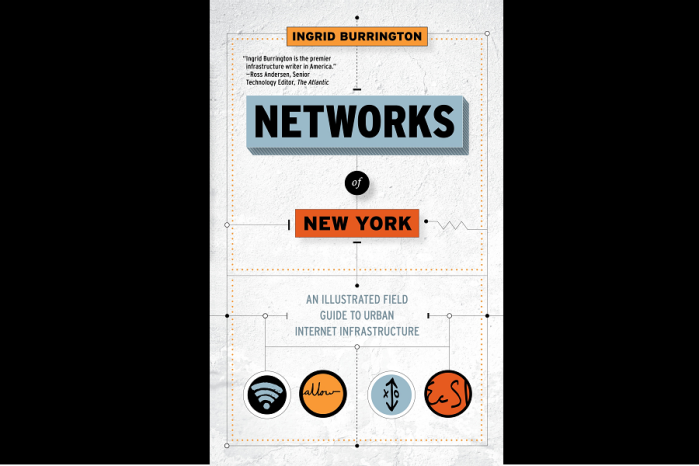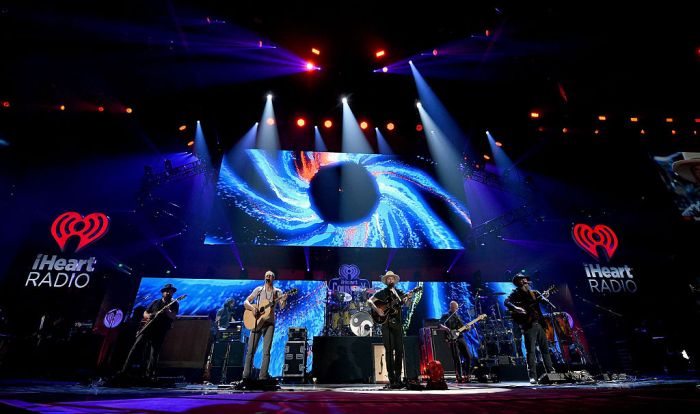When Rebecca Traister began writing “All The Single Ladies” five years ago, it marked the first time that single women outnumbered married women in America. Today, only 20 percent of Americans are married by age 29. “Whenever you find increasing numbers of single women, you find change,” Traister wrote in last week’s New York magazine cover story. We call her up to see exactly what political issues single women are shaping this election year. Related: The worst cities in America for singles What political issues are single women shaping? Are they just “women’s issues” or do they affect men as well?
They are certainly not just women’s issues. Women may be living independently from marriage, but they are not living independently from men. One of the things that’s happened is, women are being co-earners. Men are slowly becoming co-parents. [Political issues] like paid parental leave, childcare, a higher minimum wage, all of this impacts women as well as men. Do you see differences in the political issues that single women are championing across race and income level?
Of course. The majority of minimum wage workers are female and a huge percentage of them are single mothers. Raising the minimum wage and increasing welfare benefits would have an impact on low-income strata. Subsidized affordable daycare and age 0-5 education would have a dramatic impact for the lower-income community. People without economic advantages have to look to government and need a social network that can permit them to live freely and to reproduce and to work with no penalty simply because they are female and not wealthy. Related: Books for your feminist book club What about if a woman is single by choice or by not? Are they still lobbying for the same things?
One of the interesting things is that regardless of your own personal status, a lot of the social policies would benefit all women. There’s a great example of this with reproductive technology like IVF. IVF was developed to serve a married population having fertility problems. But it has gone on to benefit women who have children on their own, or marry in their 30s and 40s. Paid leave is another example. Would it disproportionately alter the life of a single mother who can’t afford childcare? Yes, but it would also benefit the high-earning woman who is married? Yes. It would benefit the married father who could apply it to his own career and stay home with his kid, too. How else is the rise of single women affecting men?
The book is not so much about suggesting that unmarried life is better than married life. It’s more about what happens when you remove the constricting model of one way to live adult life, starting with an early [heterosexual] marriage. That has depressed women’s opportunities economically, sexually, socially and domestically more than it has for men. But it hasn’t necessarily been the right fit for men either. Being hustled by society into a lifelong partnership with the person you like when you are 22 isn’t something that has always been emotionally rewarding for women or men. I think it’s great for men. If you go:
New York City March 2, 7: 30 p.m. Philadelphia
March 22, 7 p.m. Follow Emily on Twitter: @EmLaurence
March 1, 6:30 p.m.
Cooper Union
The Foundation Building
7 E. 7th St., 212-353-4100
Cooper.edu
Greenlight Brooklyn
686 Fulton St., Brooklyn
718-246-0200
Greenlightbookstore.com
Penn Books Center
130 S. 34th St., 215-222-7600
Pennbookcenter.com
How single women are shaping the election
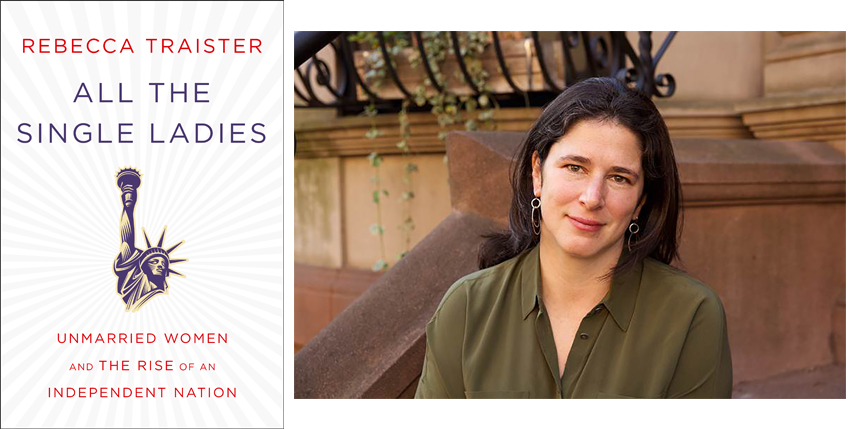
Eliza Brown











